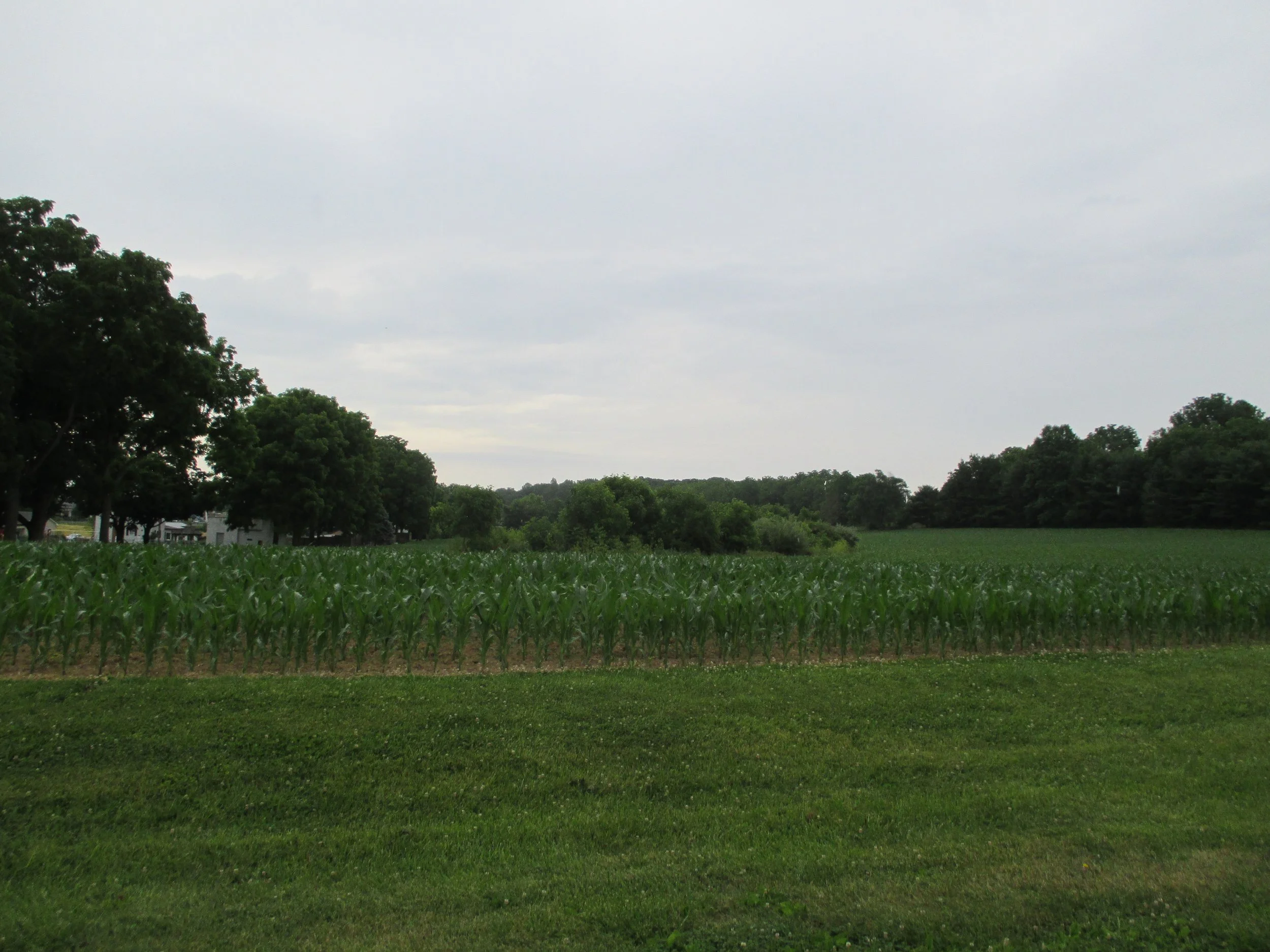
AG E&S PLANS
According to the Clean Streams Law, a written Agricultural Erosion and Sediment Control Plan (Ag E&S Plan) is required for all agricultural operations that disturb 5,000 square feet or more of land. Ag E&S plans identify Best Management Practices (BMPs) in place to minimize accelerated erosion and sedimentation.
AG E&S PLANS INCLUDE:
o Maps (practices, soils, and topographic)
o BMP summaries and implementation schedules
o Soil loss calculations
o AHUA identification
WHO NEEDS A PLAN?
Any agricultural operation that plows or tills (including no-till) 5,000 sq ft or more land
AND/OR
Any agricultural operation with Animal Heavy Use Areas (AHUA) totaling 5,000 sq ft or more
Benefits of an ag e&s plan:
Protects soil and improves productivity on an ag operation
Protects and improves water quality in your area
Assists in protecting the productive value of your land for future generations
Qualifies the producer for eligibility in USDA farm programs
Helps the producer comply with environmental regulations
Commonwealth regulations state that a complete and fully implemented conservation plan can protect farmers from penalties related to sediment pollution resulting from agricultural activities included in the plan

EXAMPLES OF BEST MANAGEMENT PRACTICES (BMP)
BMPs are activities, facilities, or procedures used to minimize erosion and sedimentation, such practices are included in an Ag E&S Plan. Listed below are some frequently used BMPs.
o Grassed waterways
o Cover crops
o Prescribed grazing
o Buffers
o Contour farming
o Heavy Use Area Protection
o Minimum tillage/no-till
o Waste storage facilities
o Roof runoff structures
AG E&S FAQS:
-
A conservation plan is written by NRCS and essentially contains the same components as an Ag E&S Plan.
-
AHUAs are areas on an agricultural operation unable to establish and maintain an acceptable vegetative cover. Examples of AHUAs include barnyards, feedlots, sacrifice lots etc. Entrances, pathways and walkways between animal housing and concentration areas are not considered AHUAs.
-
Soil Loss tolerance (T) is the maximum rate of annual soil loss that a given soil type can tolerate. Ag E&S plans show calculations for each field’s soil loss, to be in compliance each field’s soil loss value has to be less than or equal to T.
-
Ag E&S plans do not expire as long as the practices and information in the plan reflect the current operation.
-
LCCD can help you develop a plan for free!
Contact
KLARISSA LONG
Agricultural Conservation Specialist
717-277-5275 ext. 101
Email
craig zemitis
Agricultural Preservation Specialist
717-277-5275 ext. 142
craig.zemitis@lccd.org